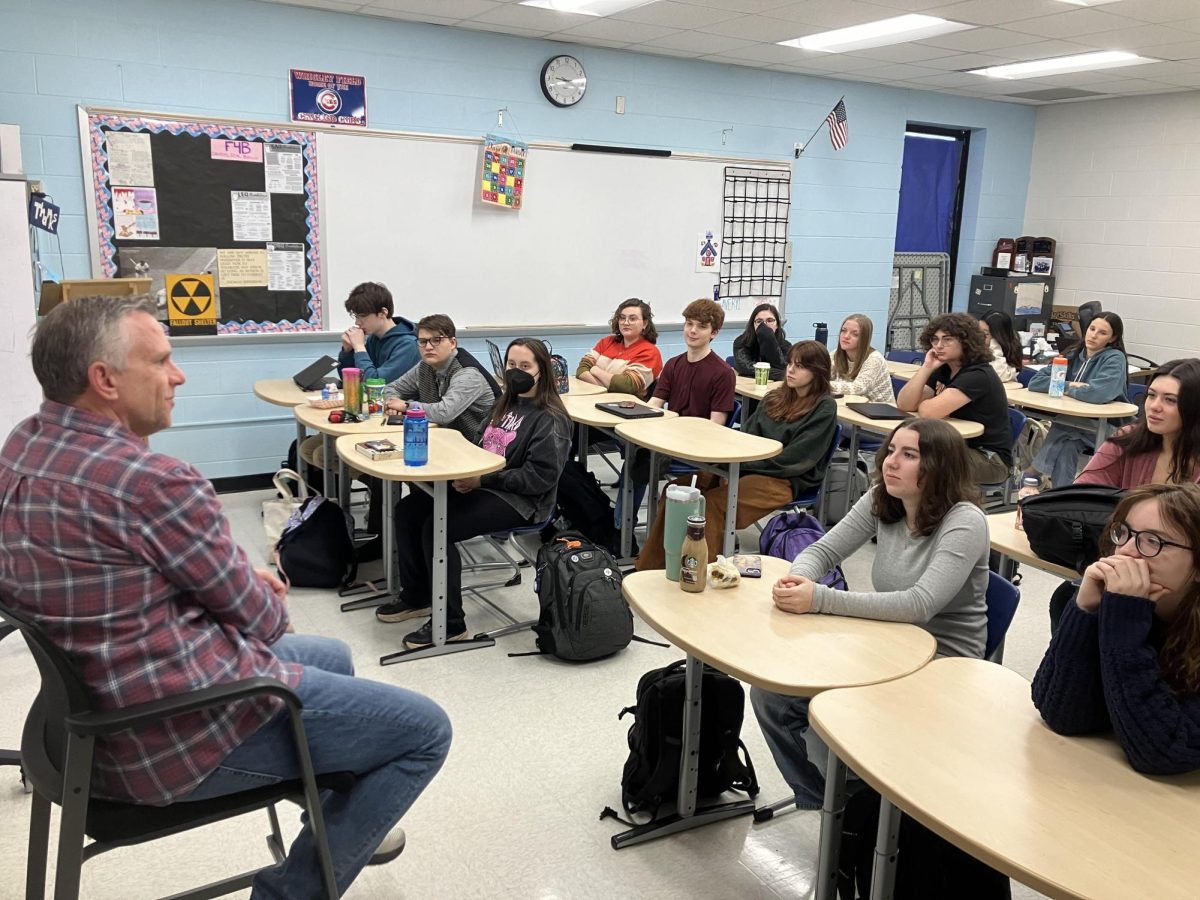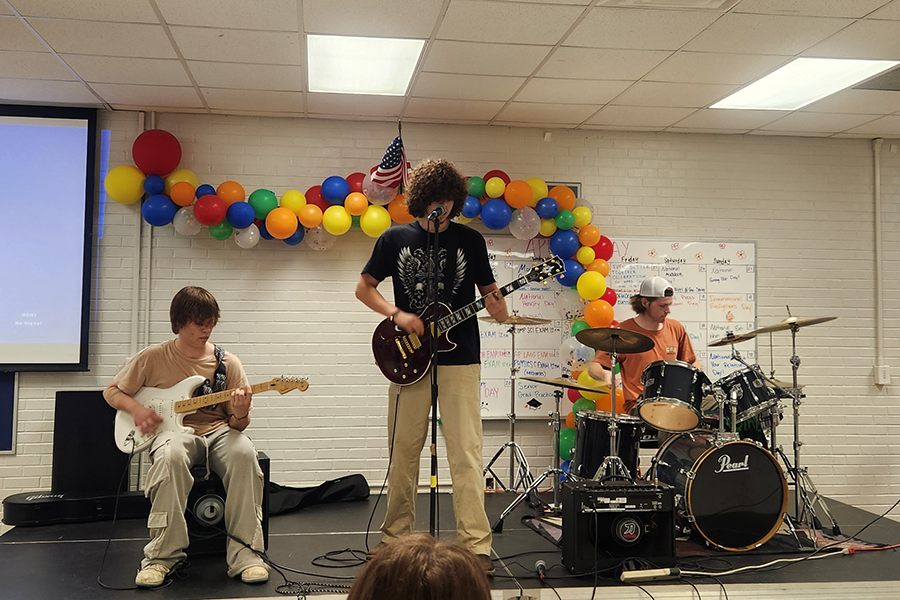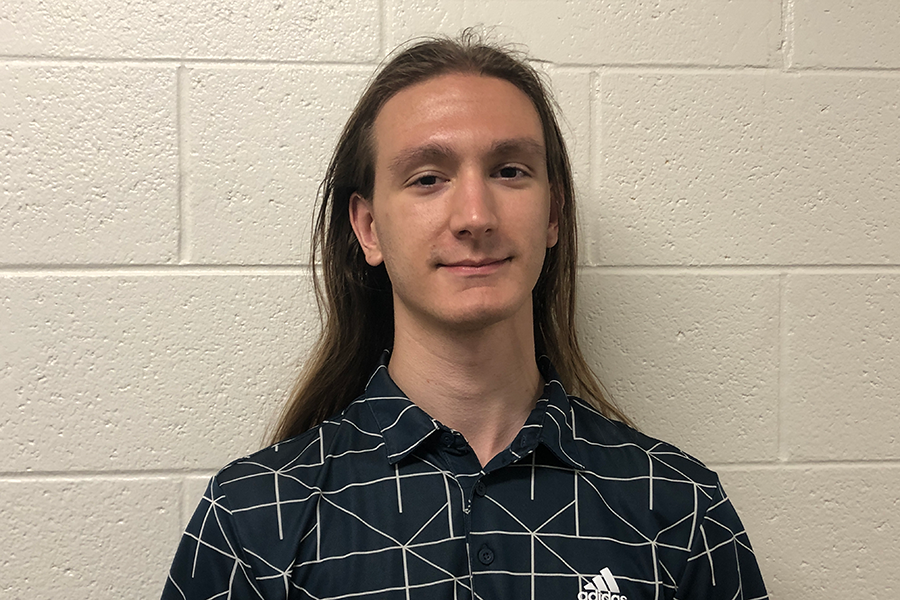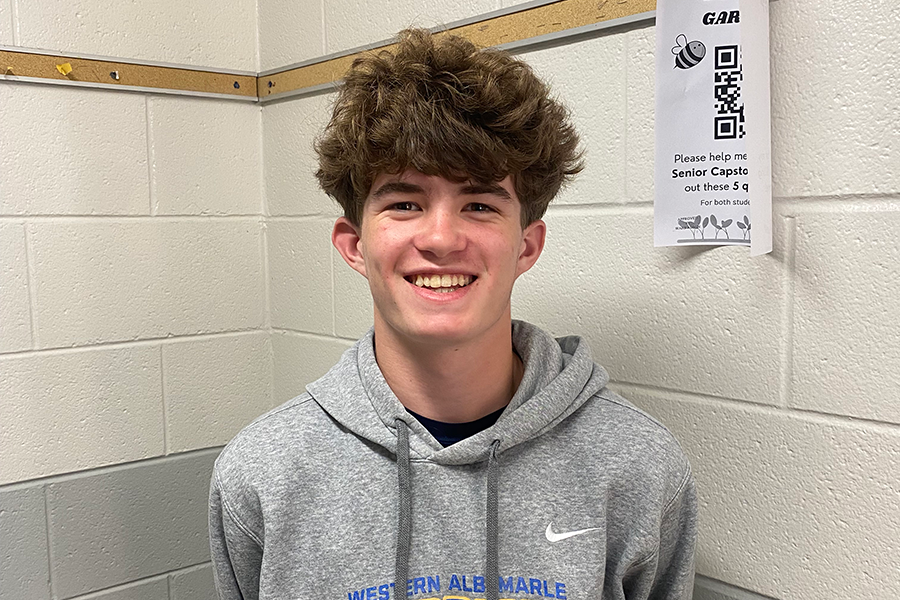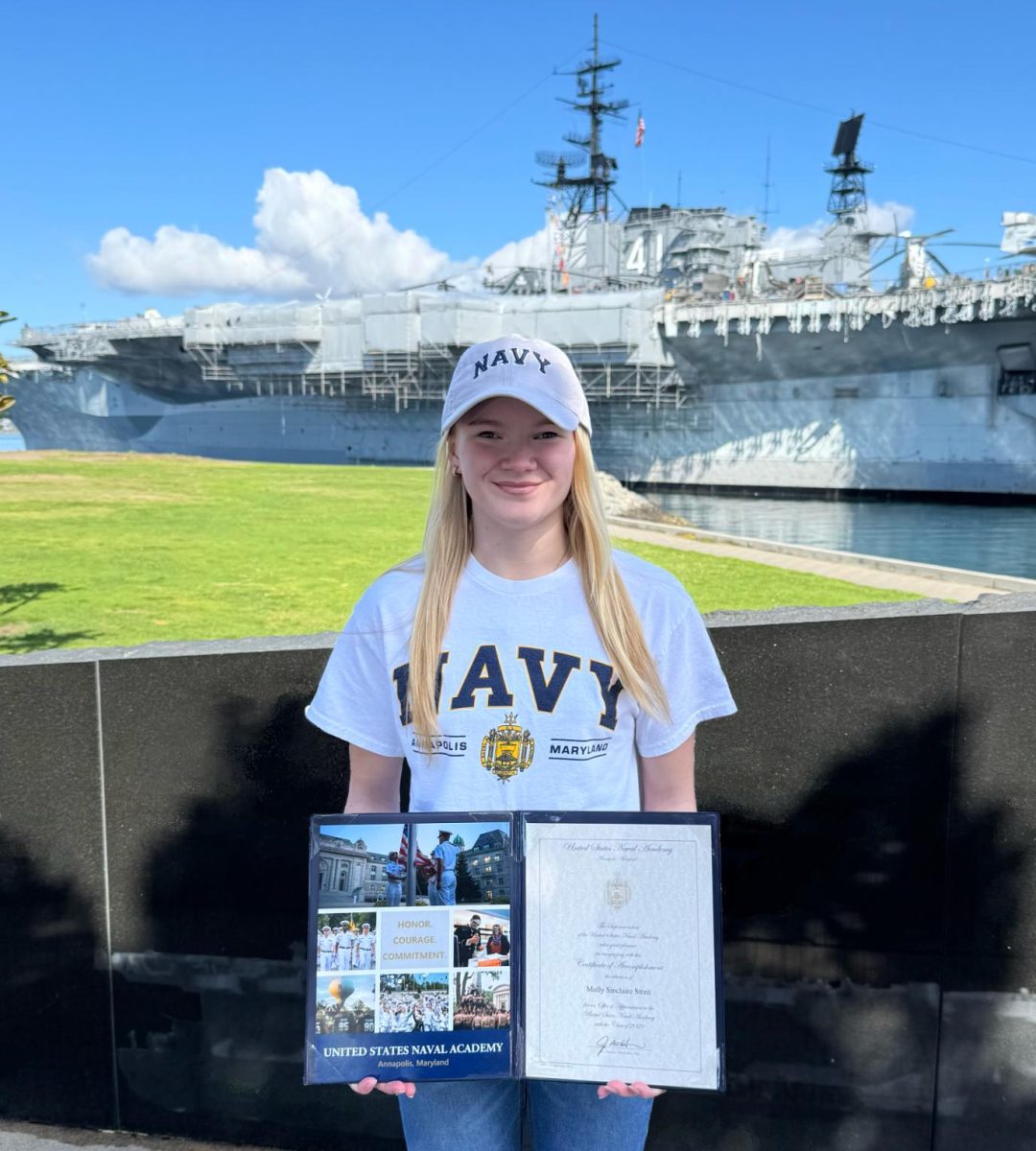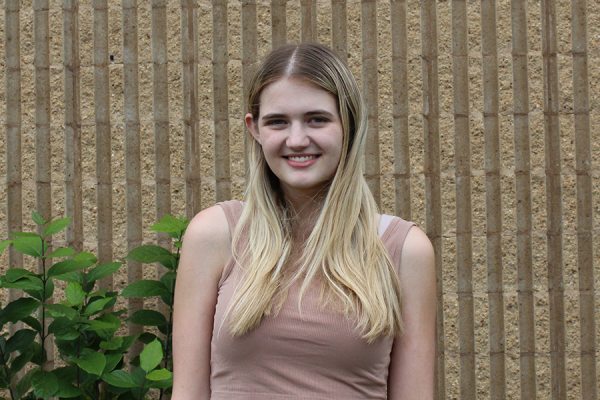The Teacher Cadet Program is a PVCC course taught by Daniel Bledsoe that trains participants to teach elementary, middle, or high school students through seminar-based instruction and hands-on experience in real classrooms. Students are given the opportunity to work in a classroom under a teacher, frequently one they previously had, who helps them learn how to connect with their new pupils. The class convenes every other Friday to compare experiences and learn new techniques through student-led discussions moderated by Bledsoe, who advises students with his expertise from years of teaching in multiple districts.
The class begins with a period of instruction where students learn the basics of education together with Bledsoe. “We do have lesson plans, so you’re not just dropped in with no instructions,” says junior Sammy Rowanhill. “We go over the impact of teaching, and the statistics of how it affects other aspects of people’s lives.” These instruction periods occur throughout the course but become less common in the middle of the year when teacher cadets are eased into the classroom.
Class time with Bledsoe focuses on interpreting and discussing educational practices. Bledsoe describes an average class period as follows: “I give [my students] a weekly schedule…and we’ll have a two-page reading about something like a Harvard study on the value of a good third-grade teacher on kids’ lives…and then we get into the conversation of should schools [use merit-based pay for teachers] and we talk about the pros and cons…and they would go home and have a little journal they’d have to keep and submit through Turnitin in response to what our prompt was.”
For many students, the Teacher Cadet Program’s major selling point is the chance to work under teachers in real classrooms. Teacher cadets, like senior Elanor Buchanan, get to be in a classroom with teachers who inspire them, allowing them to learn directly from their mentor. Buchanan’s mentor is Clayton Grimes, a history teacher at WAHS. “Mr. Grimes is very engaged with his students,” Eleanor says, “even on their rambunctious days…there are really interesting points that come up.”
Teacher Cadets’ participation in the classroom teaches them how to connect with their students hands-on through personal experience. “A lot of kids, now especially after the pandemic, have short attention spans,” explained Buchanon, “and there’s a lot of teachers who would shut them down or just try to move on with the class, but what Mr. Grimes does is he meets them on their level and engages with their conversation. Instead of shutting it down, he turns it back to what we’re doing.”
Overall, this program gives students interested in the education process the opportunity to learn hands-on. “If you’re considering taking the class, you should try it because it’s a pretty easy class and…it’s a good way to find out if [teaching] is right for you without a huge commitment,” commented Rowanhill. Buchanan echoed his sentiments, pointing out that “the worst thing that can happen is that you get to spend time with a bunch of cute kids.” So if you’re interested in learning more about learning, ask your counselor about the Teacher Cadet program.



